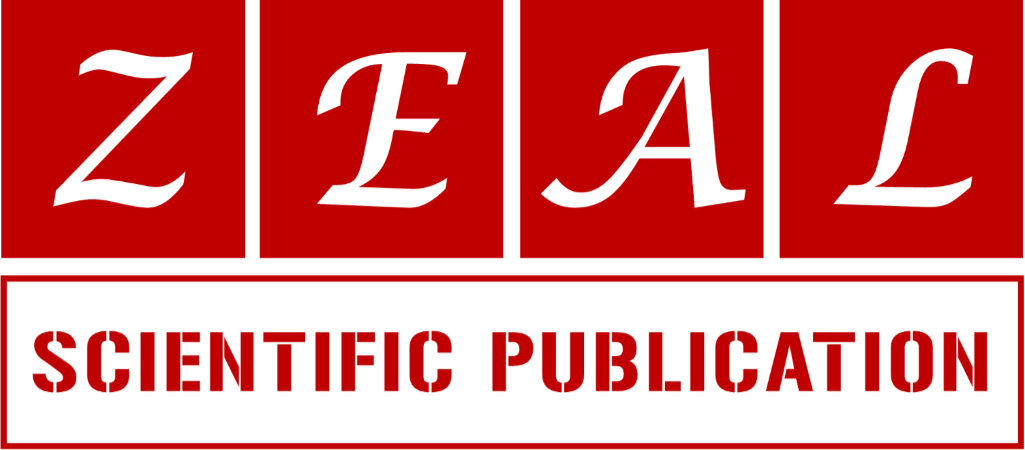Preliminary clinical study of mucoadhesive propolis gel to gingival disorders control in patients with fixed orthodontic appliances.
1 Private Practice, Belo Horizonte, Brazil.
2 Department of Social and Preventive Dentistry, Faculty of Dentistry, Federal University of Minas Gerais, Belo Horizonte, Brazil.
3 Department of Pediatric Dentistry and Orthodontics, School of Dentistry, Federal University of Minas Gerais, Belo Horizonte, Brazil.
4 Department of Clinical, Pathology and Dental Surgery, Faculty of Dentistry, Federal University of Minas Gerais, Belo Horizonte, Brazil.
Research Article
World Journal of Advanced Pharmaceutical and Medical Research, 2023, 05(02), 018–029.
Article DOI: 10.53346/wjapmr.2023.5.2.0028
Publication history:
Received on 15 June 2023; revised on 20 November 2023; accepted on 23 November 2023
Abstract:
Aims: Gingival hyperplasia (GH) etiology is diverse and ranges from acute or chronic inflammatory processes and is commonly observed in patients with fixed orthodontic appliances. Propolis has been globally studied and has anti -inflammatory and antimicrobial properties, however, there are few clinical studies involving orthodontics.
Study design: This clinical study aims to obtain preliminary evidence of an oral gel containing 5% Brazilian propolis (BPG) in GH and gingivitis control on patients with fixed orthodontic appliances.
Place and Duration study: Clinic Orthodontics, Faculty of Dentistry/UFMG, Belo Horizonte, Brazil, from March to October 2013.
Methodology: Thirty patients were selected, but only 10 participated and reached the end of the study. The patients were submitted to questionnaire and a complete prophylaxis of dental structures before initiating the gel use(T0) and they were instructed to use the gel two times daily after brushing (morning and evening) during 30 days (T30). Patients were evaluated considering plaque and gingival index and photographs collection of first premolars - measuring gingiva of the clinical crown area. The SPSS version 18.0 statistical program, Shapiro Wilk normality test, presenting a normal or parametric distribution and all analyzes were performed using Student's t Test for paired samples.
Results: BPG show statistically significant reduction of GBI and GSI (GB1 p =0.207; GB2 p = 0.122), respectively. Conclusion: Considering this study model, 5% propolis gel had effective in reducing GH and gingivitis. However, a double blind and randomized clinical studies with higher number of patients should be made to give greater credibility for gel use.
Keywords:
Orthodontics; Gingival Hyperplasia; Gingivitis; Clinical trials; Propolis Gel
Full text article in PDF:
Copyright information:
Copyright © 2023 Author(s) retain the copyright of this article. This article is published under the terms of the Creative Commons Attribution Liscense 4.0
